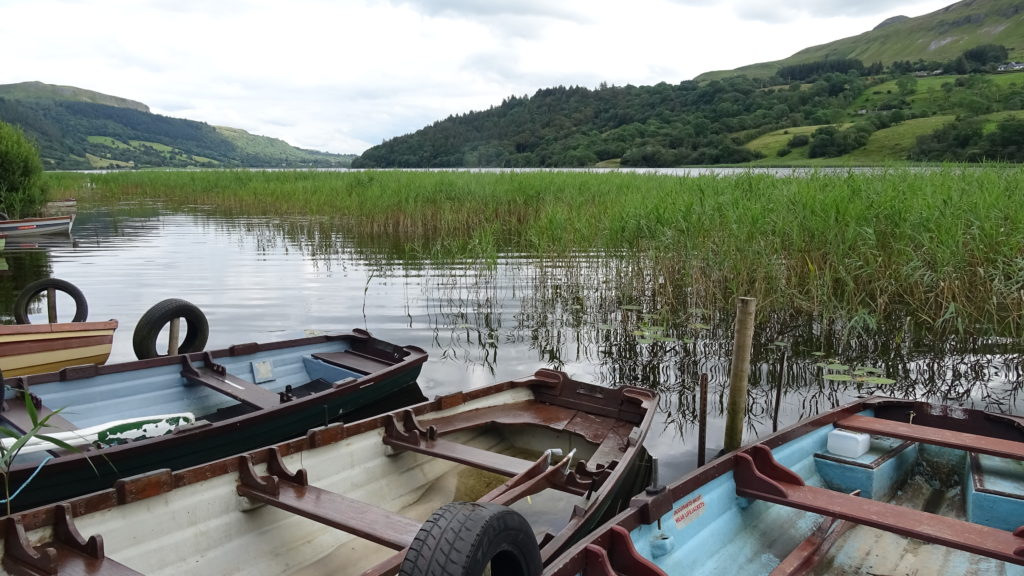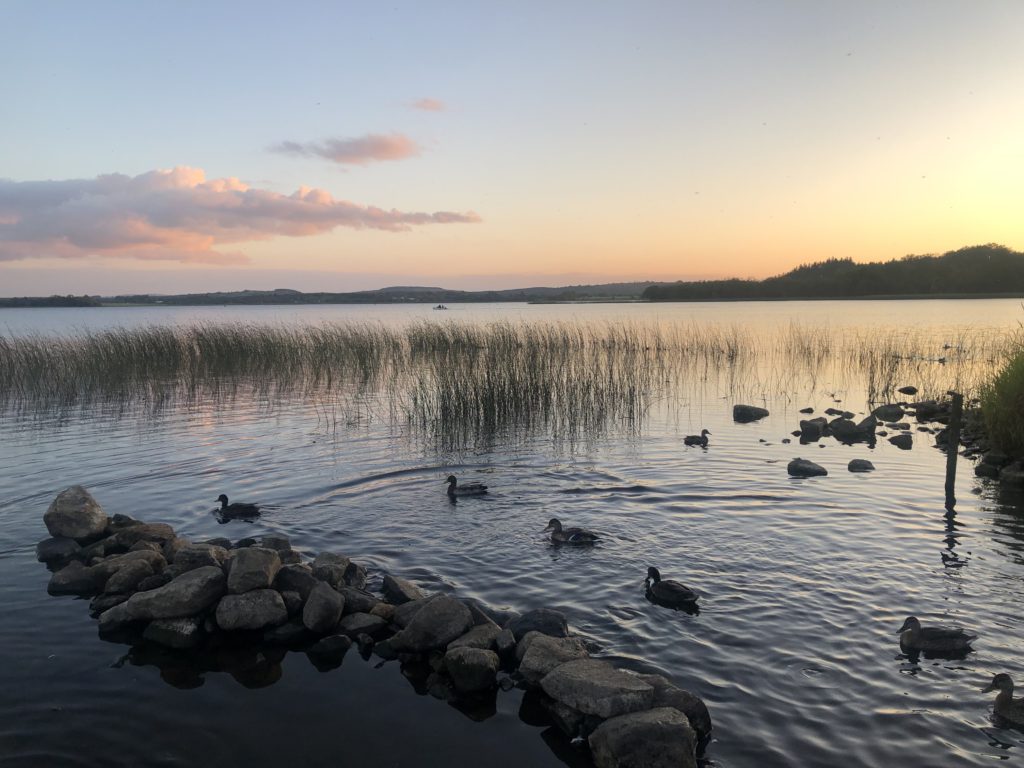FÁILTE Ireland intends to promote the Beara Breifne Way as an internationally recognised way-marked walking trail as well as connecting businesses and communities in the region with the diaspora market.
The Way follows the line of the historic march of O’Sullivan Beara in 1603.
In the aftermath of the Battle of Kinsale, Donal Cam, Chieftain of the O’Sullivan Beara clan, and his followers undertook this epic 14-day march so that they could ultimately catch a boat to Spain.
Although they were unlikely to be singing, “And now we’re off to sunny Spain, ¡Viva España!. . .”
There were lots of battles, goodbyes, hunger and all sorts.
But Fáilte Ireland will be concentrating more on the fact that this trail goes through some of the most bucolic— and indeed peaceful — parts of Europe.
Their plan is not just to big up Beara Breifne Way, but also emphasise the appeal of the of oft-overlooked areas of Leitrim, Cavan and north Roscommon.
It’s a good plan, because these places are routinely overlooked by visitors — exactly why they’re called ‘the Hidden Heartlands’.
 Glencar Lough lies mostly in County Leitrim
Glencar Lough lies mostly in County LeitrimLeitrim is a narrow county, forty-six miles in length (75km), which can claim two miles (3km) of Atlantic coastline. It’s as though the county insisted it had to have one toe in the water no matter what.
Leitrim is Ireland’s least populated county, with only 26,000 souls. You could pack them all into the Cusack Stand, and still have room for a few folk from north Roscommon as well.
But if it’s quiet rural countryside you’re after, then you’re spoilt for choice. Which is funny, because everything else is unspoilt.
Most of the county is hilly or even mountainous, with moorland eventually reaching Slieve Aniaran, nearly 2000ft. The many boglands have given the area a reputation for dampness: indeed locals boast that farmland "isn’t sold by the acre – it’s sold by the gallon”.
However, when you can get a few fine days here, a drive through the area will reward you with delightful rural scenery – and one major bonus: there is only one set of traffic lights in the county, but it could be as many as three (depending on which ones have had the bulbs replaced).
The main town is Carrick-on-Shannon, one of whose main raison d’etres these days is to service the burgeoning cruise boat industry. From Carrick you can join the Shannon-Erne Waterway, which allows a navigation course north towards Enniskillen, or south to the Shannon Estuary and on to the open sea.
That’s not to say that Carrick isn’t blessed with charms for landlubbers as well. At the top end of Bridge Street is the “second smallest chapel in the world”.
There are at least three claimants to the title of “smallest church in Ireland”, so it would be surprising if there isn’t more than one second smallest house-of-worship. Whatever its claims, the minuscule Costello Chapel, built in 1877 by Edward Costello (no known relation to Elvis) is certainly impressive.
 The Shannon in Co. Leitrim
The Shannon in Co. LeitrimIt was built on Mr. Costello’s instructions as a memorial to Mrs Costello. Reunited in death, the loving couple’s lead coffins lie on each side of the tiny beautifully decorated aisle.
The Red Bank Restaurant in Carrick has, in recent times, built up a huge reputation. The family-run establishment focuses on locally sourced produce, and cooked with flair theredbankrestaurant.ie/
Drumsna, some ten minutes away, was until the early 19th century, the head of the Shannon Navigation was Drumsna, where the famous English novelist, Trollope, was Postmaster.
He wrote of his fifteen years in Ireland: "It was altogether a very jolly life that I led in Ireland. The Irish people did not murder me, nor did they even break my head. I soon found them to be good-humoured, clever - the working classes very much more intelligent than those of England - economical and hospitable.” Yes, that’s not a bad summing up.
Here, in this unhurried part of Connacht, the author found time to write two novels, The Macdermots of Ballycloran and The Kellys and the O’Kellys, both of which are based on the countryside and people of Drumsna and its neighbourhood.
Drumsna boasts one other esoteric claim: it is the last resting place of the first Irishman to cross Africa, and the first to see the Mountains of the Moon. Surgeon General Major Thomas Heazle Parke, born locally, took part in the arduous 6000-mile expedition in 1887.
Heading south from Drumsna, he took the very twisty road to Aghamore, turned left towards Ballinamuck, and as locals will tell you — after that it was all plain sailing.
Today, Drumshabo is an essential visit for those interested in whiskey and gin.
The town is home to the The Shed Distillery, where the renowned Drumshanbo Gunpowder Irish Gin is produced. You can tour the distillery and sample some of its creations such as Drumshanbo Gunpowder Irish Gin, Drumshanbo Single Pot Still Irish Whiskey and Sausage Tree Pure Irish. The tour takes just under two hours.
Lough Allen, with its dramatic views, especially from the road between Leitrim Village and Drumkeeran, was an inspiration to WB Yeats. He spent the turn of the 20th century fascinated with Lough Allen and much of Leitrim.
And somewhat incongruously perhaps in a land with more than its fair share of dramatic coastlines, Lough Allen can lay claim to a couple of the best beaches in Ireland.
Glencar Valley near Largandoon is home to the breathtaking Glencar Waterfall, which inspired Yeats’ poem The Stolen Child. At 50 feet high, this waterfall is particularly striking after heavy rain (which, you’ll be surprised , and the surrounding walking trails provide magnificent views of the lake and mountains.
For a more challenging hike, the Leitrim Way is a long-distance trail stretching over 50km from Dowra to Manorhamilton.
This scenic route passes through lush forests, open moorlands, and charming villages, offering a taste of rural Ireland at its best.

